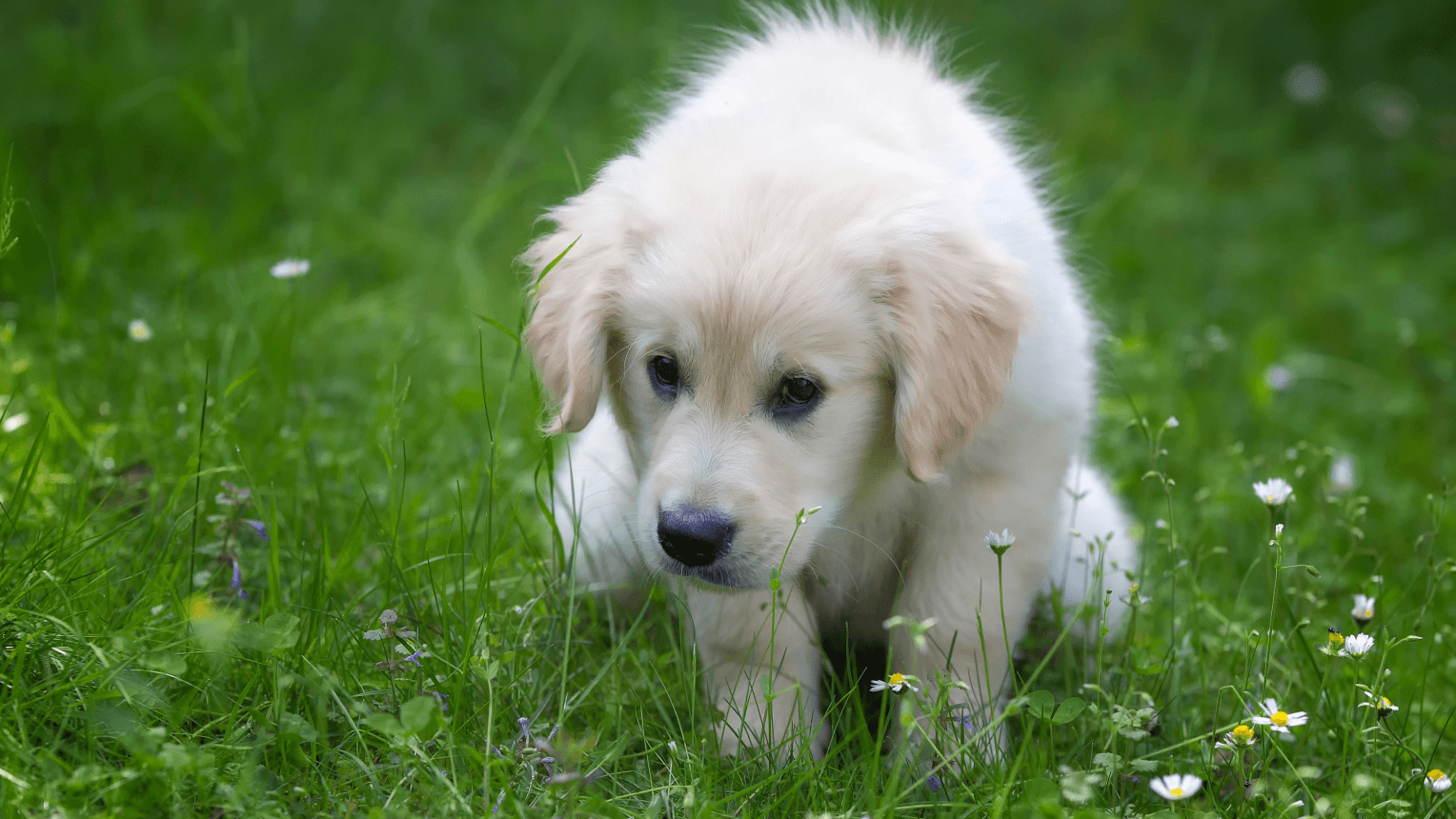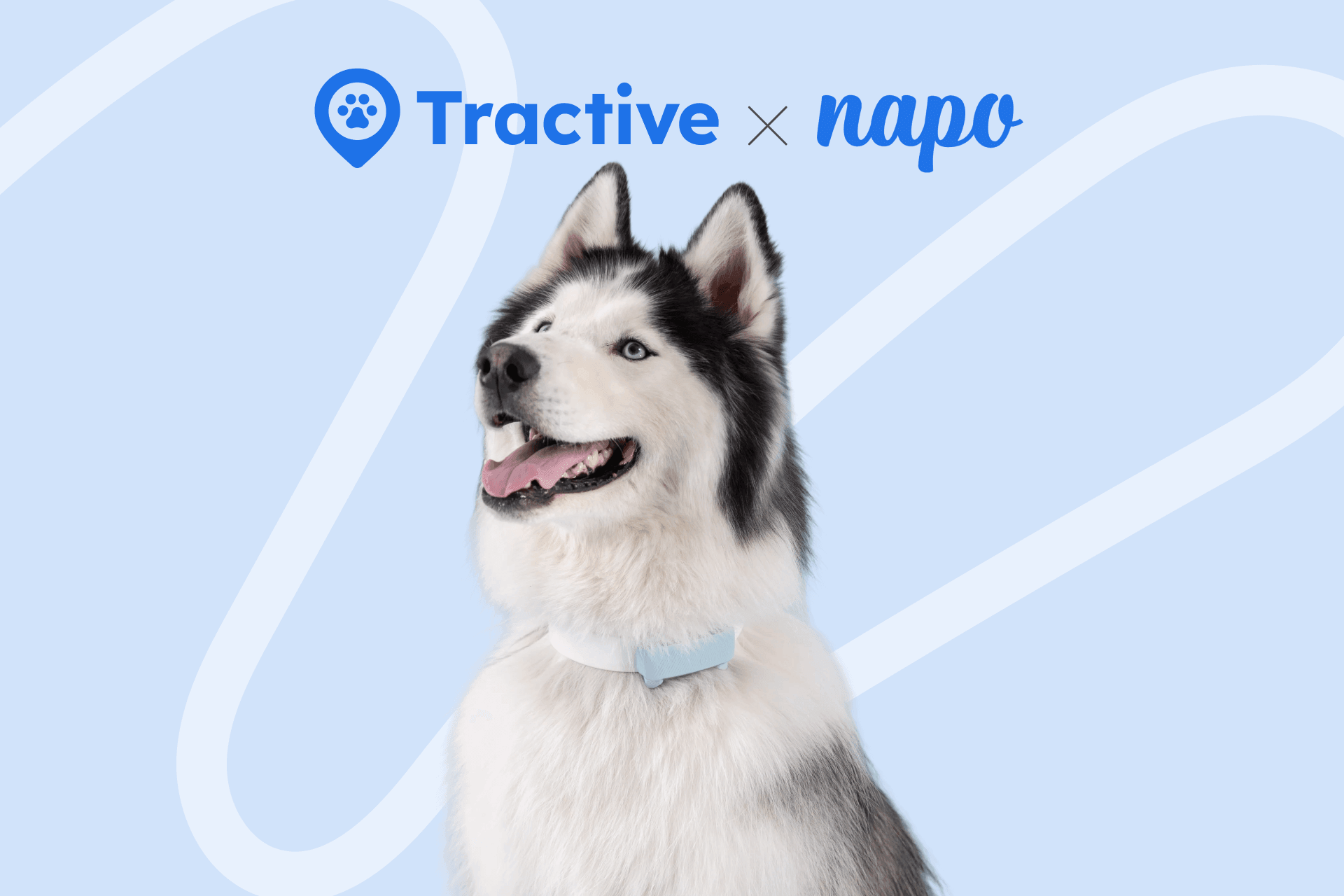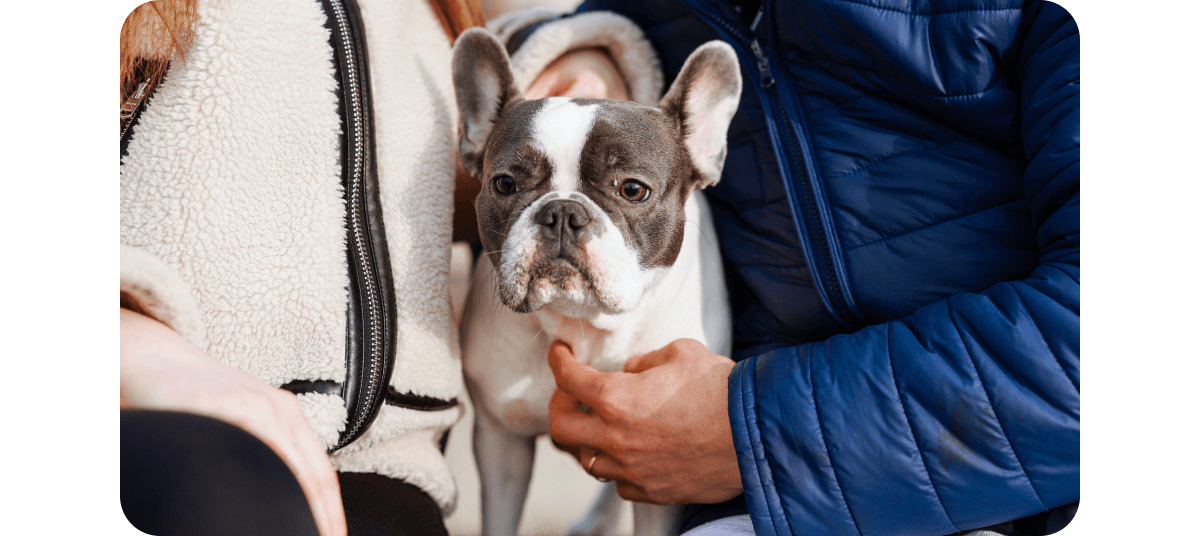How to toilet train a puppy in 7 days

Summary
With most things in life, if it sounds too good to be true, it probably is. And the promise of being able to toilet train a puppy in 7 days is one of those things.
With most things in life, if it sounds too good to be true, it probably is. And the promise of being able to toilet train a puppy in 7 days is one of those things. Although some puppies might be able to do it with consistent training, the reality is that most dogs take longer to learn it.
In this article, we debunk the myth of ‘toilet training your puppy in 7 days. We'll also explain how long it realistically takes and how to get started.
How to toilet train a puppy in 7 days
The short answer is you can’t toilet train a puppy in 7 days. Toilet training takes time for your pup to learn what to do. Although a quick fix is tempting, especially for something like toilet training and having fewer accidents to clean up. Some articles online promise that you can toilet train your puppy fast, but this creates unrealistic expectations for puppy owners. And will build frustration for you, as you probably can't make it happen and probably blame yourself or you pup.
For a start, it takes puppies a few months to develop bladder control. Because their muscles need to grow and get stronger.
It also takes consistent training for pups to learn what you expect them to do when it comes to going to the toilet. They’re having to learn to link specific body cues to needing the toilet. They’re also having to learn your cues, like going outside, and link them with what behaviour you expect from them. Trying to rush training can lead to your pup not making these links, and so taking longer to learn. Or you could make your puppy stressed, which can also make toilet training take longer.
How long does it take to toilet train a puppy?
How long toilet training for a puppy takes depends on a few things including your pup’s age, breed, and temperament. You can expect your pup to be toilet trained by 4-6 months, but some take longer.
It usually takes a few weeks or months to toilet train a puppy so they consistently go to the toilet outside. But some clever pups can pick it up as quickly as a few days with consistent training.
If you follow our guide on how to toilet train a puppy, and are super consistent with training, you give your puppy the best chance of learning quickly.
Remember, setbacks and accidents are normal, especially during the early stages of training. Celebrate and reward every time your pup gets it right to help them know they’ve done what you want. And be patient and never punish your pup if they have an accident. Punishing can make toilet training take longer!
Why does it take so long?
The main reason it takes 4-6 months is because that’s when most pups grow big enough to develop full bladder control. Which means you can make less frequent toilet trips. But you should start toilet training earlier, around 8-9 weeks. Just remember that at this age, puppies need toilet breaks about every 2-3 hours.
There’s a rule of thumb that pups can only hold their bladder for an hour per month in age. So a 2-month-old puppy can only hold it in for 2 hours!
How to toilet train a puppy quickly
The secret to quickly toilet training a puppy is having an established routine that you stick to consistently. This helps your pup learn what you expect them to do, and where they should go to the loo.
1. Have a feeding routine
One good way to make toilet training quicker and easier is to have set meal times for your pup. This makes it easier to see patterns of when they’ll need to take a toilet break. Watch your puppy for cues like pacing, sniffing, or circling. You’ll soon learn what your pup does when they need to pee or poop!
2. Use a lead
Give your pup regular toilet breaks outside and use a lead. Keeping them on the lead helps your puppy get used to going to the toilet with a lead on. Most importantly, it keeps your pup from getting distracted and running around and helps them focus on going to the loo.
3. Be boring and wait 5 minutes
Stand in one spot where you want your pup to use the bathroom and just wait for a few minutes. Staying in one spot helps your pup learn this is where they should go. Staying still helps them realise this is the time for the loo, not for a walk or playtime. Try not to interact with your pup so you keep them calm and don’t distract them. If they don’t pee or poop in 5 minutes, head inside and try again in 10 or 20 minutes.
4. Use a marker word (or cue word)
A marker word, also called a cue word, is something you say to show your pup that you want them to do something. It can be any word you want, but try not to use lots of similar-sounding words for different cues. For toilet training, it can be something like “wee wees”, “clean”, or “toilet”. Or even a short sentence like “time for a wee”.
Make sure everyone at home uses the same marker word to avoid confusing your pup. The first few times, say the cue as your pup starts to pee or poop so they link the word and the expected behaviour. Then you can start saying it just before they do. Eventually, it means you can get them to toilet on cue!
5. Give lots of praise and treats
Give your pup loads of treats and praise when they do pee or poop outside. Just remember to wait until they’re finished. This helps them to learn that going to the loo outside is a good thing that you want them to keep doing.
6. Finish with fun playtime
After your pup finishes their business, give them some fun play time. This can be off-leash time if they like that. Or playing with a toy. This helps them learn that the fun begins if they quickly finish peeing or pooping. It also helps them learn that going to the loo doesn't automatically mean they have to end the walk and go indoors.
7. Repeat, repeat, repeat!
Be consistent and keep repeating these steps with your puppy. Repetition and consistency is the key to quickly toilet training your puppy. Your pup might have accidents in between, and may not get it right all the time, but that’s totally normal. Be patient and stick with it!
For more information, check out our guide on how to toilet train a puppy.
What if my puppy regresses with toilet training?
If your puppy seems like they’re going backwards, see if anything has changed in your training or in their daily life. Are you giving them fewer breaks? Has their food or feeding schedule changed? Have something at home changed that might be stressing them out? Pay attention to when and where accidents are happening. You can give your pup more toilet breaks or add a break at a specific time they need to go. You can also go back a few steps in their training to make it easier and work back up to where you were at.
Recap: How to toilet train a puppy in 7 days
The promise of toilet training a puppy in 7 days may seem like a great shortcut, but it’s not realistic. Puppies will often take weeks or months to go to the toilet outside consistently.
The key to toilet training a puppy quickly is to be patient, celebrate the small wins, and be consistent. Your pup will get the hang of it soon enough!
Jump to
Napo & Tractive launch partnership offering pet parents free GPS and health devices

Napo & Tractive launch partnership offering pet parents free GPS and health devices
Blog
Why isn’t my cat using the litter tray?

Why isn’t my cat using the litter tray?
By Rachel Rodgers MSc, Head of Training at Napo Pet Insurance
Blog
10 things you need to know about Frenchies

10 things you need to know about Frenchies
By Rachel Rodgers MSc, Head of Training at Napo Pet Insurance
Blog